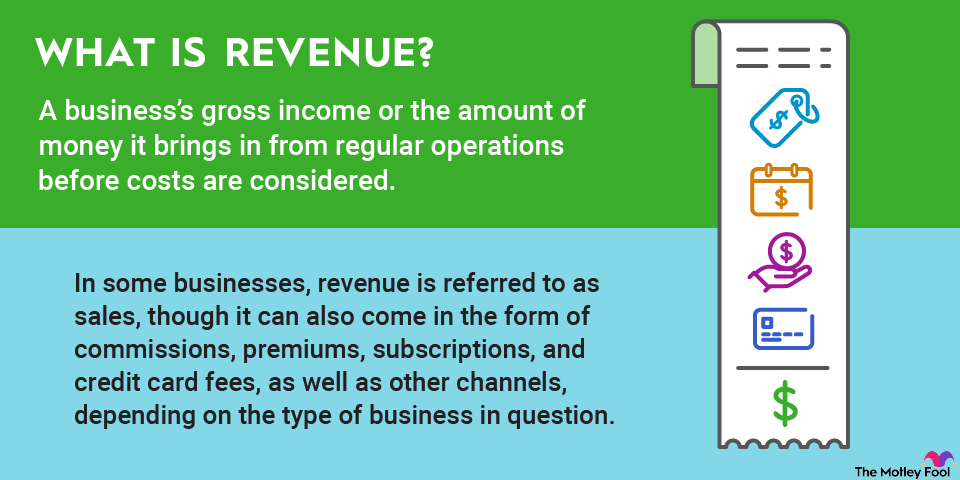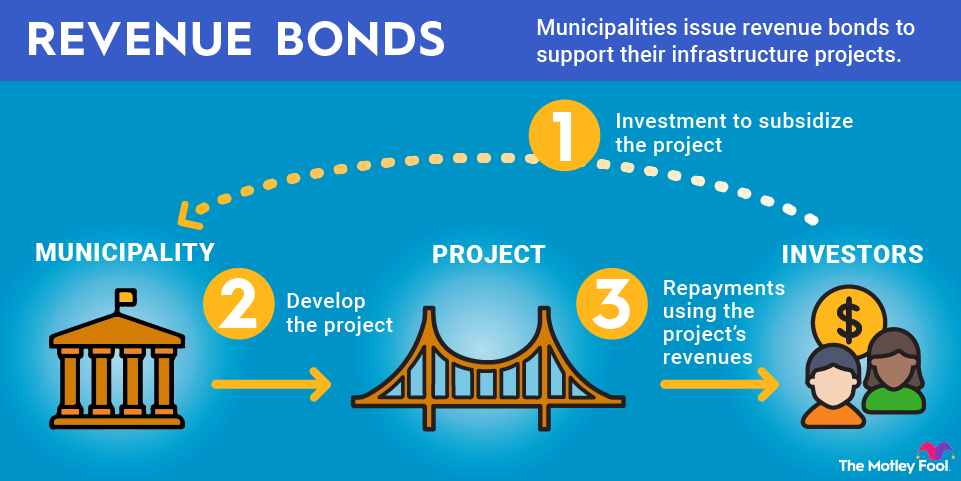A business risk assessment, for example, might reveal cybersecurity threats that could damage the company's reputation and invite expensive lawsuits. The justification of resources to address the issue would likely hinge on the probability of getting hacked.
Regarding your assessment related to job security, you might conclude that your highest-priority threat is the nonessential nature of your job. In the next step, you'll decide how to protect yourself from this threat.
Step 3: Devise and implement control measures
Once high-priority threats are identified and evaluated, you can strategize on remediation steps. The business might hire a cybersecurity consultant to shore up its systems, for example. You might ask your manager for added responsibilities that make you more valuable to your employer.
Step 4: Monitor threats
Threats can evolve in their probability of occurring and in their consequences. Monitoring is necessary for early detection of threats that may be increasing in severity.




















